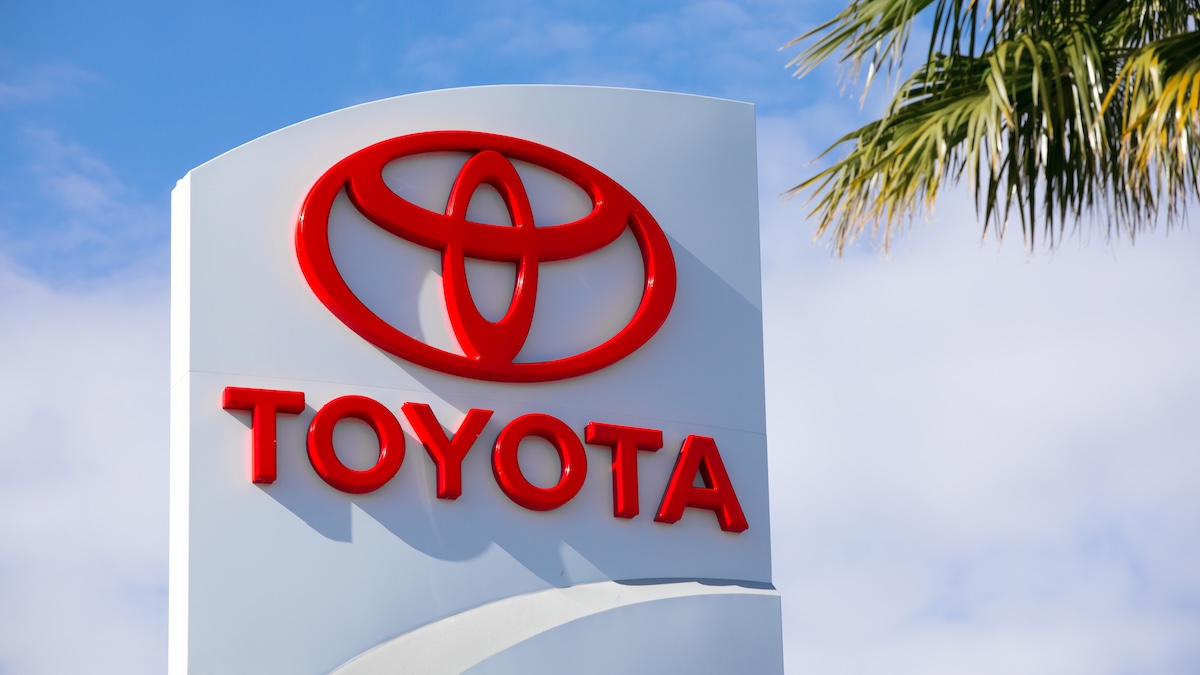
Last week, shares of Toyota Motors (TM) quietly had one of their strongest sessions of the year after the Trump administration announced a new trade deal with Japan that included 15% tariffs on auto imports.
Analysts say this is minor compared to the massive costs U.S. automakers must absorb under Trump’s broader tariff agenda.
Following the trade deal announcement, Toyota shares surged more than 13% in a single day, climbing above $193 for the first time since mid-May.
Although Toyota pared back some of those gains, it ended the week up nearly 11%, giving the company a market capitalization of $301 billion.
Shares of the Japanese automaker are now within 5% of their 52-week high — a strong showing for a company that was facing a 25% tariff on U.S. imports earlier this year.
Starting Aug. 1, a flat 15% duty will be applied under the new U.S.-Japan trade agreement. However, this tariff rate is negligible compared to what American manufacturers face.
“Toyota only has to pay 15% more, and they’re done with all the shenanigans,” wrote Spencer Hakimian, global macro investor and founder of Tolou Capital Management.
Toyota’s competitors — Ford, GM, Stellantis, and Tesla — will be “paying 50% more for their steel, 50% more for their copper, 25% more for their Canadian production, 25% more for their Mexican production, and 55% on their Chinese production,” Hakimian wrote, referring to the retaliatory tariffs hitting U.S. companies amid Trump’s trade war.
“We’ve given a Japanese car company an advantage over American car companies,” he added.
U.S. automakers are already reeling
The U.S.-Japan trade deal has been met with sharp criticism from American auto lobby groups.
Matt Blunt, president of the American Automotive Policy Council, representing Detroit’s Big Three automakers — Ford, GM, and Stellantis — said the agreement “will charge lower tariffs on Japanese autos with no U.S. content.”
U.S. auto companies and their workers “definitely are at a disadvantage,” Blunt said.
The trade war has taken a toll on the Big Three, which have reported significant declines in revenue and profitability.
Stellantis suspended its full-year profit forecast and reported a net loss of approximately $2.5 billion for the first half of 2025.
GM warned that tariffs could have a negative impact of up to $5 billion after reporting a sharp drop in second-quarter profits.
Meanwhile, Ford reported a steep decline in first-quarter net income, which fell to $471 million from $1.3 billion a year earlier. The company is expected to post lower earnings and revenue for its second quarter.
Your email address will not be published. Required fields are markedmarked